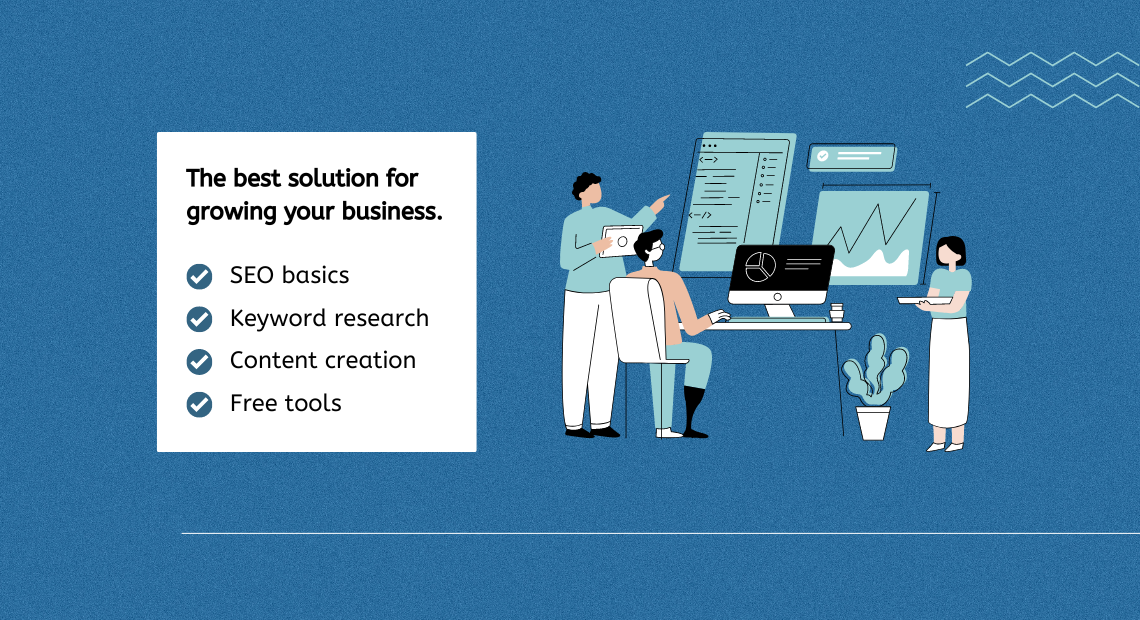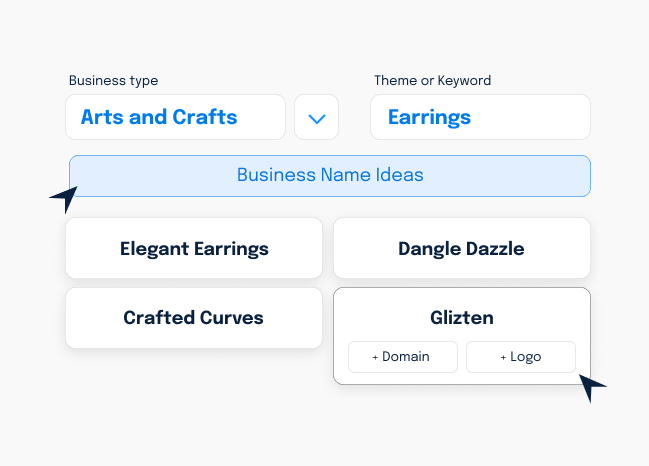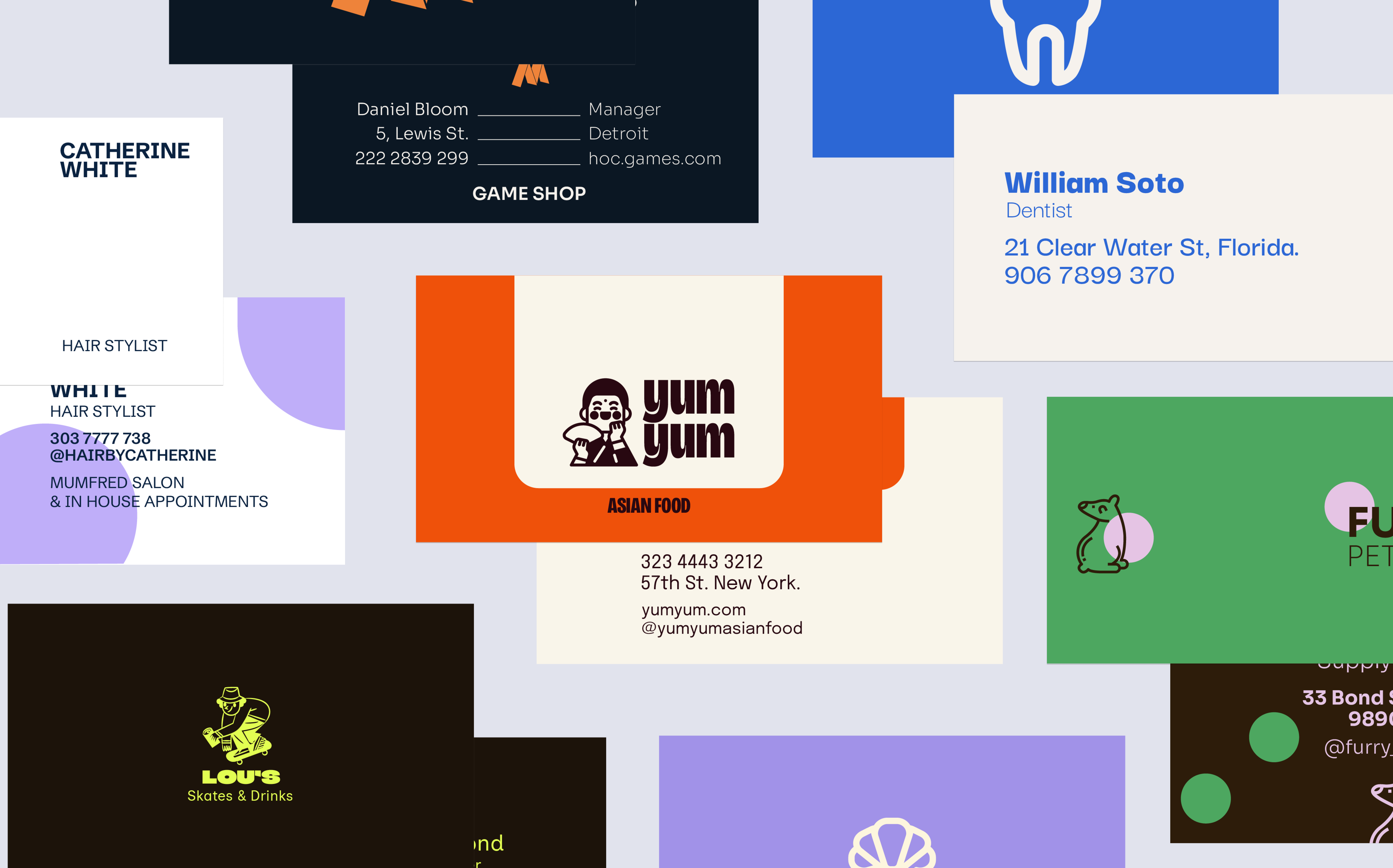Building A Brand Story: Share It To The World + 10 Examples
July 21, 2022
By: Aakash Shewakaramani
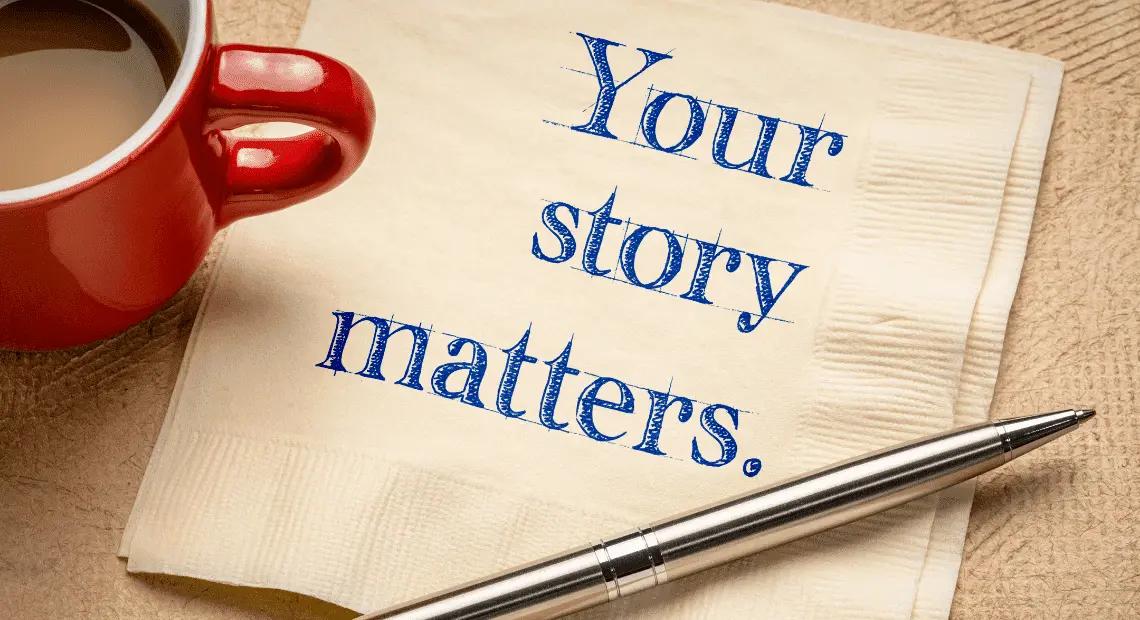
Table Of Contents
- Building a brand story effectively with classic storytelling methods
- How to communicate your brand story like a professional
- 10 phenomenal brand story examples for inspiration
- Building a brand story: What defines a great brand story?
- Frequently asked questions: 3 popular FAQs about building a brand story
- Building a brand story that steals hearts around the world
Building a brand story is crucial to creating an emotional connection with your audience. A good brand story evokes empathy for your brand and adds a human touch to an otherwise economically motivated organization.
The biggest businesses have done well for themselves by capitalizing on their brand stories. For example, Facebook’s story is so impactful that it led to the creation of the blockbuster movie The Social Network. Facebook has done such a good job that the idea of people connecting is almost synonymous with the company.
Building a brand story effectively with classic storytelling methods
Building a brand story isn’t as simple as relying on your brand identity to come up with a narrative. Even that is a gargantuan task because your point A might be your business partner's point B. Because you’re taking your readers through a journey, you need to be certain about what message your brand story needs to convey.
Take the following steps while building it, and you’ll be on your way to acing your brand story:
Step 1: Get everyone on the same page
People have biased memories and recall things selectively. Our perceptions of memories also change based on various internal and external factors. This is why you’ll need to get everyone on board with one narrative before building a brand story. You can begin your discussions with:
The beginning: Did it start in your garage or when you got your first office? Or was it even before that?
The initial goal: Why was the company created in the first place? There can be subtle differences between you, your partners, and your audience.
The mission and vision: If you don’t have mission and vision statements yet, now would be the perfect time to start. Like with a brand story, these statements are projects on their own.
Brainstorm with your primary stakeholders to get your key points in place. Once you and your partners are on the same page, it’s time to move on to the next steps.
Launch your brand in minutes with a free logo
Step 2: Follow the rules of classic storytelling
Building a brand story can be as simple as recalling your favorite film, book, or story. Most narratives often have a few things in common. They have a protagonist, an antagonist, and a conflict that needs resolution. Finally, there’s a journey that gets our protagonist from Point A to Point B and beyond.
The antagonist
Often the villain, the antagonist is vital to your every narrative, including your brand story. In this case, the antagonist is the problem in your industry or market. Because every startup or product begins by trying to solve a problem, you need to specify what that problem is.
For example, Steve Jobs hated classic phones’ plastic keypads, confusing menus, and limited usability. The iPhone was born to solve the problem of the not-so-smart smartphones of the past. Identifying and explaining the antagonist of your brand story is vital to establishing the protagonist, your startup.
The protagonist
The protagonist is the hero or the central character in the story, and they are often the ones that the audience roots for to succeed. Think Harry Potter, Frodo Baggins, or Peter Parker.
The protagonist of your brand story is your startup, product, or service. Your ‘hero’ serves as the solution to the problems created by the antagonist, the existing problems in the market.
The differing qualities
To weave a compelling narrative, you’ll have to list down the qualities of your small business or startup and the market problem.
When building a brand story, ask yourself what the root of the problem is. If existing products in the market have cause for concern, what specifically makes them problematic? Are they difficult to use? Are they overpriced? The core of what makes consumers unhappy is what you should highlight as a solution for your product.
List down the qualities and features that make your hero the solution to an ongoing problem. For example, among other issues, Amazon solves the problem of customers having to go to a billion marketplaces to shop by bringing every type of product to one place.
Of course, the viewpoint from the best corporate branding examples may be quite valuable, since the world's largest corporations have done the majority of the revolutionary pioneer work in the name of defining brand status.
The three-act structure
The three-act structure is most commonly used in filmmaking. You don’t have to use this structure, but it can be a great place to start when building a brand story.
Act 1:
The first act is the exposition, or the beginning. Start by establishing what motivated you to create your company, product, or service. A fun way to approach this is to compare it to the beginning of every Star Wars movie. Drama aside, the starting text gives context to the events that will take place in the film.
Act 2:
The second act dives into your startup’s journey. You can talk about your challenges, accomplishments, hiccups, and growth. Your company has evolved since its inception, and you can take this opportunity to discuss the ups and downs that come with trying to make your dreams come true.
Act 3:
The third and final act is the end and beyond. Think about the impact you’ve made on your business. How did you defeat the antagonist? Talk about your ‘sequels’ or your goals with the company moving forward.
The story tonality
Every story, written or otherwise, has a voice; your brand story also needs to have a consistent tonality.
Include developing a voice in your brainstorming sessions if you haven’t done that yet. A brand voice carries over to all forms of communication your company releases, like your website and social media posts. Pay attention to these points when developing a brand voice, and you’ll be golden:
- Your target audience: Your target audience influences your word choice and rhetoric. For example, soccer moms have different priorities compared to single millionaires. Study your audience’s income, age, geographic location, and preferences.
- Your product: Your product determines how interested your audience is in knowing about its development and history. For example, you’ll probably use different terms when describing a gaming console versus when you talk about a yoga mat.
- Your marketing plan: Wendy’s and McDonald’s both serve burgers, but one tone is sarcastic, whereas the other is professional and warm. Research your audience and learn what works with them to get this right.
Stay consistent with these three points, and you’ll lock your tonality down in no time! And if you need some inspiration along with these helpful tips, worry not! Check out this video on brand storytelling examples:
How to communicate your brand story like a professional
Websites and social media accounts have very little to no restrictions on the form of media you can work with. There’s an audience for every kind of storytelling, and you can even share your brand story through multiple outlets.
These are just a few of the many ways you can communicate your brand story:
1. Long-form writing
One of the most common ways to communicate a brand story is by writing it down. Reading written posts may take time, but you can make that process easier for your readers by dividing your post into segments.
Also, follow the rules of storytelling and your readers will surprise you by showing how willing they are to read your entire brand story.
2. Brand film
Once you have the core elements of your brand narrative down, you can weave them into a script that can be produced into a moving brand film.
For example, Bulgari released a short video that expresses its style and charisma as a brand, and the film received 430,000 views in less than two weeks. Check it out:
Your brand film doesn’t need to be non-fiction to seem real. Along with classic interviews, you can make music videos and animated short films to convey your message.
3. Podcasts
57% of Americans have listened to a podcast at some point in their lives. You don’t have to narrate a story directly into a mic. Instead, create valuable and insightful content via interviews that could disseminate your brand story.
Building a brand story doesn’t need to be a one-episode release. You can make a series and narrate it episode by episode.
You can mix and merge these mediums to distribute your brand story to as many people as possible.
Launch your brand in minutes with a free logo
10 phenomenal brand story examples for inspiration
We all know that a brand's story is what makes it special. It's what makes you want to buy their products, and it's what draws people in, no matter how great the product itself is.
So we decided to take a look at 10 brands with inspiring brand stories. These are brands that have been around for a long time, but they're still doing something new and exciting—and they're doing it better than anyone else in their industry, which makes them even more special.
1. TOMS
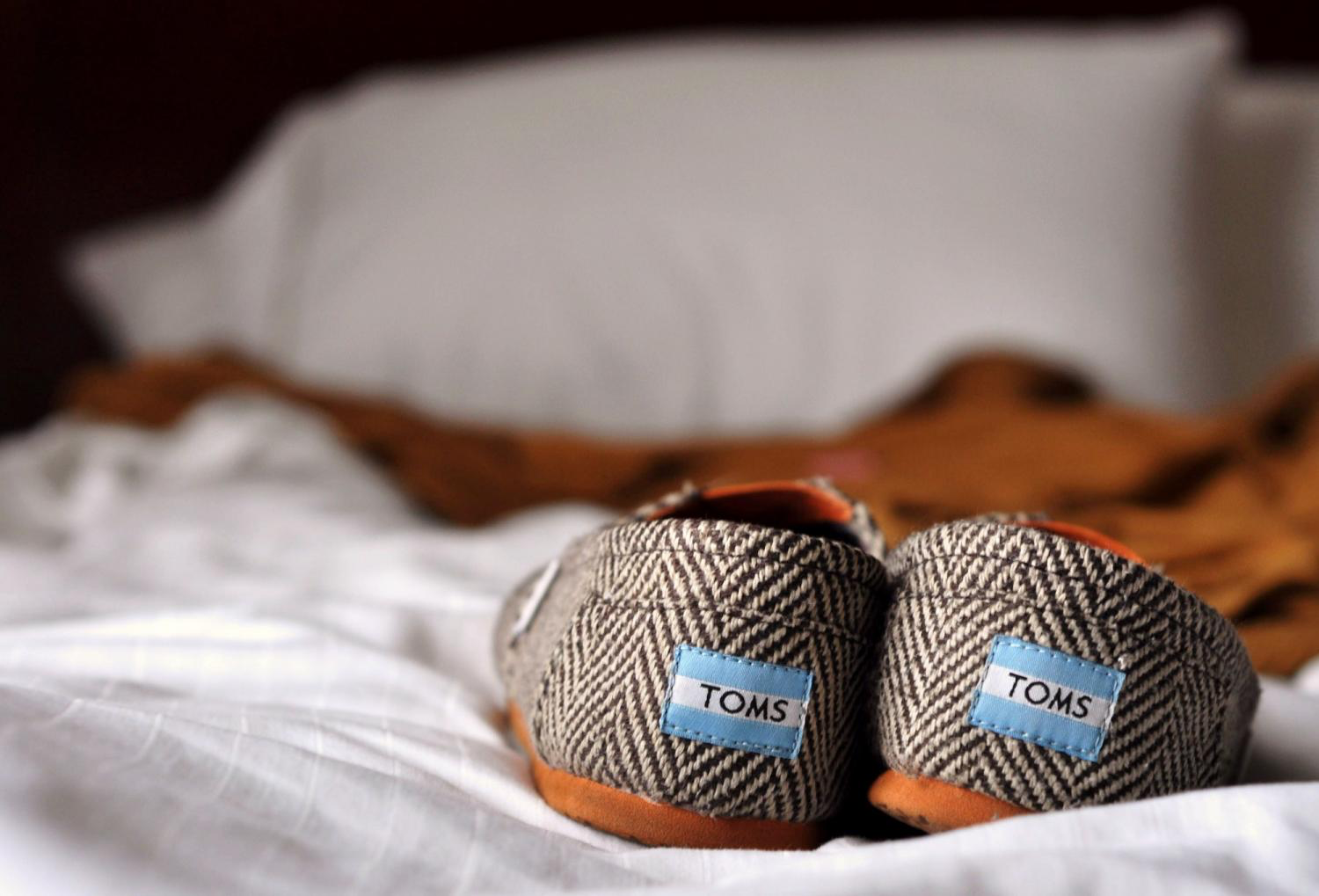
Back in 2011, the employees of TOMS shoes spent one day barefoot to raise awareness for children around the world who don't have shoes. This incredibly tangible and visible act helped publicize the story that children in developing countries need shoes to stay alive.
With this problem established, the TOMS promotion could be highlighted, in which they would send a pair of shoes to a child who needed them every time a pair of TOMS was purchased. This charitable aspect is so central to the brand that it is one of the first things mentioned about TOMS.
This one-for-one policy made the customers feel as if they were personally helping those children and they became emotionally involved with the brand. It gave them an opportunity to show their principles and morality. Their brand story made it so that customers felt good about buying shoes from TOMS.
2. MailChimp

MailChimp is one of the lesser-known brands on this list, but its story has things we can all learn from. An American marketing and email service, MailChimp was created as a side project in 2001.
Over the years, it has given its employees creative freedom, and by daring to be different, it has created a unique and humour-filled brand story! MailChimp uses humour to stand out and be memorable to its target demographic.
Sending random gifts to its customers, a smile-inducing name, and having fun with their communication has paid dividends.
3. Chobani

Chobani was started when the founder, Hamdi Ulukaya, couldn't find good Greek yogurt in the United States. Beginning in a small store, they grew and managed to save a small yogurt plant that was going to be closed down by food giant Kraft.
As a small company, they aligned themselves against Big Food in the now common social movement. Their brand story spoke to the dream of fostering and growing a small company to challenge the massive giants of the industry.
This story encourages people to choose Chobani, the smaller, local business, in solidarity against the giants of the dairy industry.
4. Nike
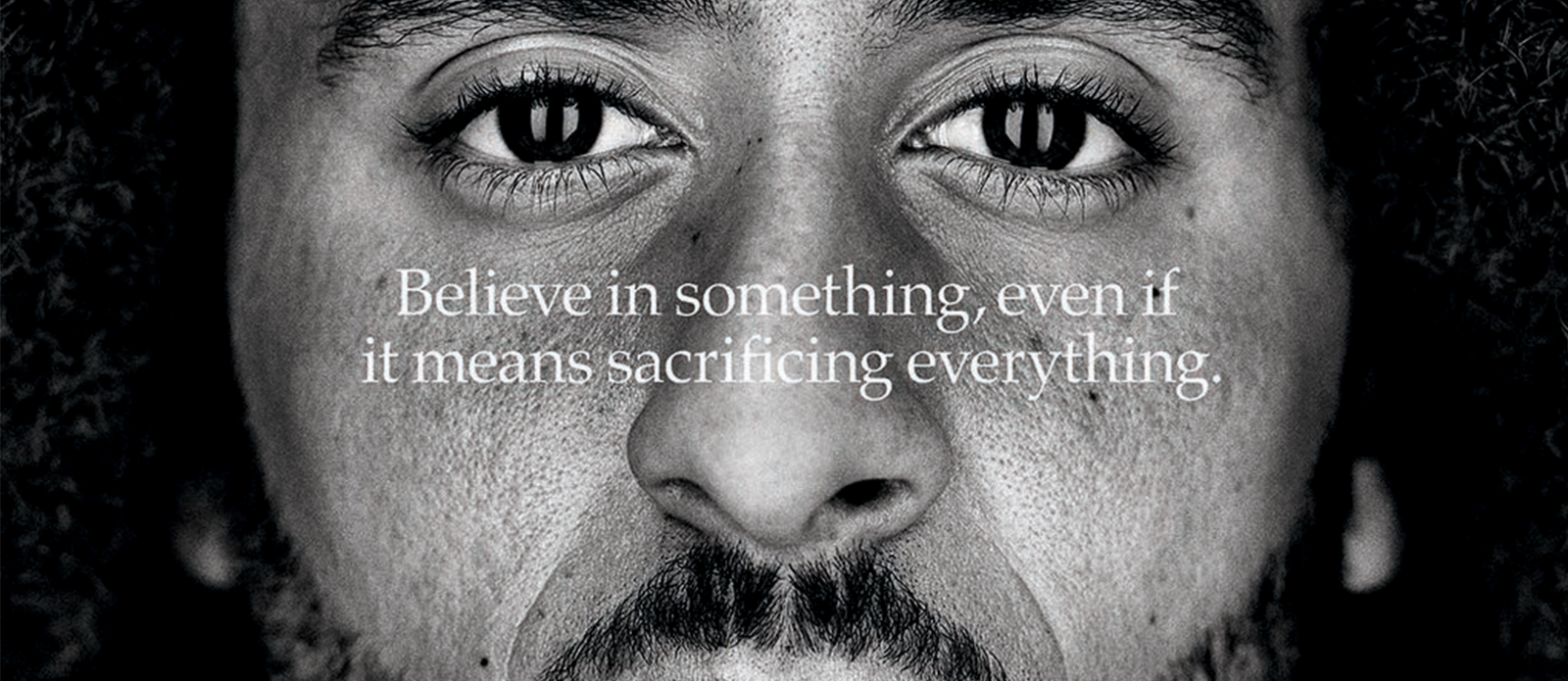
The world’s largest athletic apparel company, with over 76,000 employees worldwide, Nike is one of the most well-known brands in the world. They also possess one of the most famous slogans, "Just do it."
Starting as a small shoe company focused on running shoes, they have grown to sponsor some of the world's most famous athletes (Michael Jordan, Cristiano Ronaldo, Tiger Woods, and Rafael Nadal, to name a few).
Their goal and story have always been to inspire. Nike capitalizes on the positive emotions that customers have tied to these athletes, giving them someone to aspire towards. This dream makes customers think that if you wear Nike, you too can run faster, be better, and hit harder.
5. Chipotle
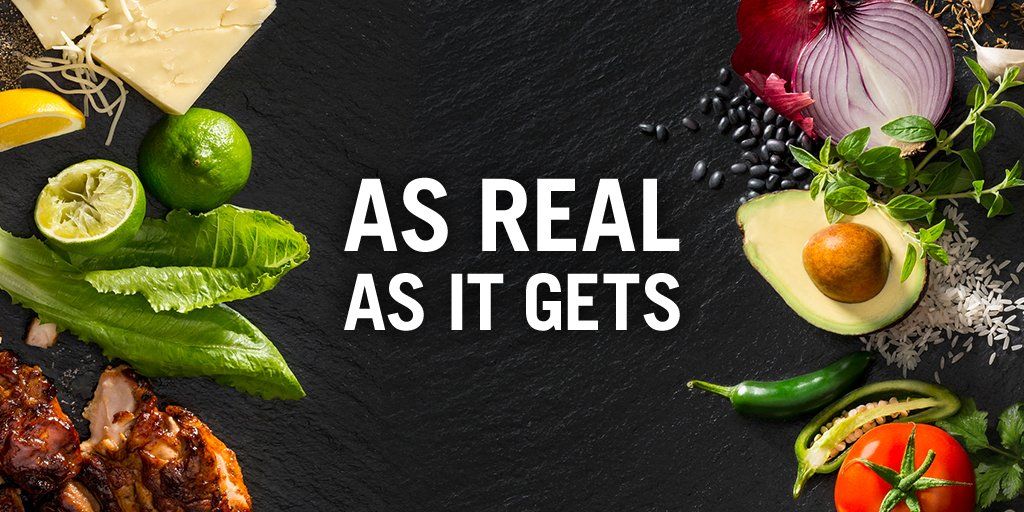
Chipotle is a widely adored Mexican fast-casual restaurant chain with stores worldwide. Founded in 1993 on the principles of good food and a better world, chipotle rapidly grew, never losing sight of its goal to use high-quality, ethically sourced ingredients.
Over time, this goal created conflicts with their largest investor, McDonalds, but they stayed true to their core statement and parted ways.
This heavy devotion to respect for animals, farmers, and the environment won the hearts of many customers. Building a brand story for Chipotle provided a different take on what is possible with fast food, removing the guilt associated with most fast food restaurants and focusing on real food and sustainable options.
6. Coca Cola
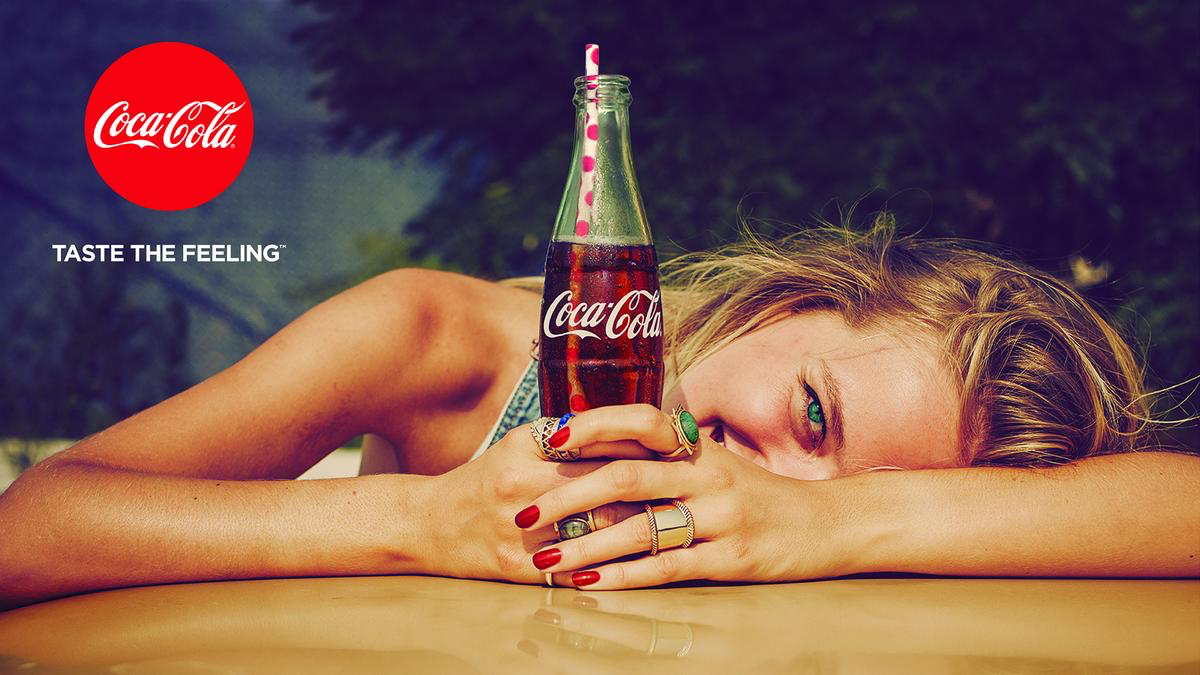
Coca-Cola is the behemoth of the beverage market. Initially founded in 1886, it rapidly grew until it was sold in every state by 1895.
Known for their fun and wholesome ads, Coca-Cola has mastered the art of inspiring emotions through their advertisements. Whether that is jealousy of the group of friends having fun on a beach, or a wholesome glow as you watch global citizens learning to sing in Italy.
Coca-Cola strives to show that a good life always involves their drink. Fun, learning, and growth can always end with a cool red can. In the customer’s endless strive for happiness and fun, Coca-Cola weaves the story that their drink is responsible for that hypothetical life.
They are selling the dream, the story that a cold bottle of coke brings a happy, energy-filled, fulfilling life.
7. Old Spice
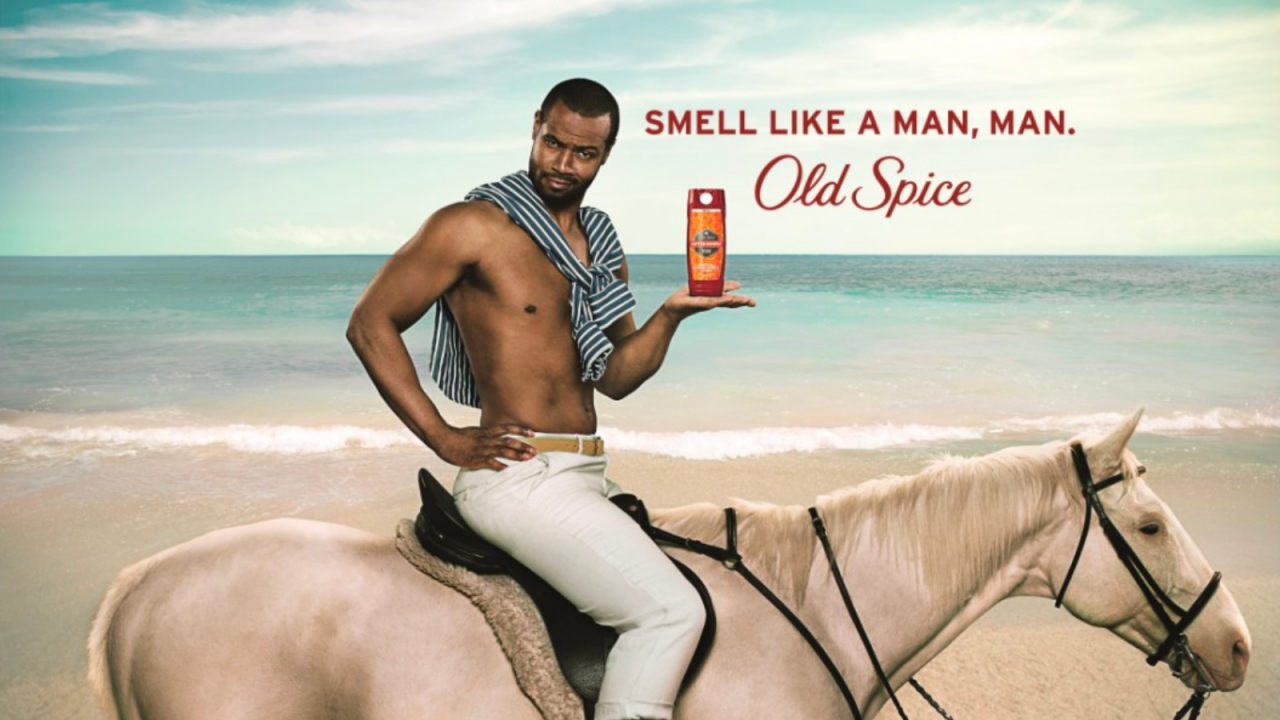
Old Spice is an old brand, dating back to the 1930s. With that history, old spice is challenged to remain relevant to young generations. It has done this with the ad campaign: The Man Your Man Could Smell Like.
Their goal for this is to promise that old spice can and will transform a man into the perfect man. "You're on a boat, with the man your man could smell like."
By marketing not only to men but also to women to buy for their men, they expanded their marketing audience and customer base. They were able to sell an idealized lifestyle to not only their customers, but those close to their customers.
Launch your brand in minutes with a free logo
8. Thule

Thule, founded in 1942, started when the founder, Erik Thulin, put the name on a fish trap and began to sell it to Scandinavian fishermen.
Slowly adding other products, the company grew, eventually selling in 1979. But Thule never lost sight of their original mission: "to make it simple for people to bring everything they care about securely, safely, and in style."
They crafted the narrative surrounding them around building a brand story. Their story focuses on providing the opportunity for people to do what they enjoy doing. Thule has formed a strong community of customers who share the same values and enjoy the world.
Thule has done a good job of building a positive image and story around their company by making a deep connection with their target audience through something that is often a big part of their lives.
9. Kiehl’s
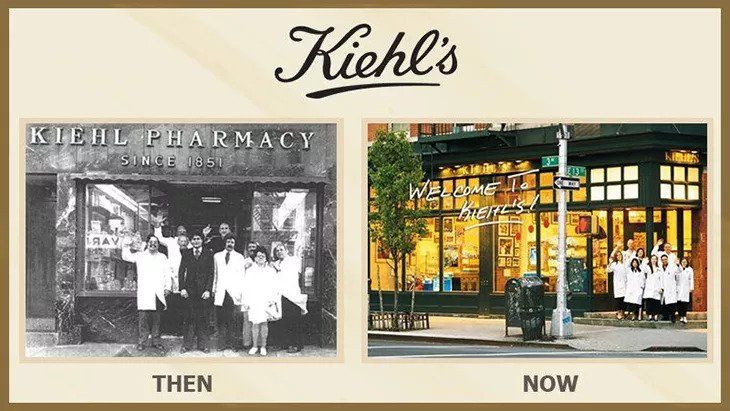
Another skincare product brand, Kiehl's, a 168-year-old company, showcases some excellent brand storytelling ever since their original inception in 1851 as a pharmacy,
Kiehl's has kept to their goal of choosing the very best natural ingredients.
All of their products and product packaging respect this. Their simple and recycled packaging reflects this central goal. Kiehl's has become a mainstay in the skincare market by staying true to its roots and honoring and respecting its customer base.
10. Burt's Bees
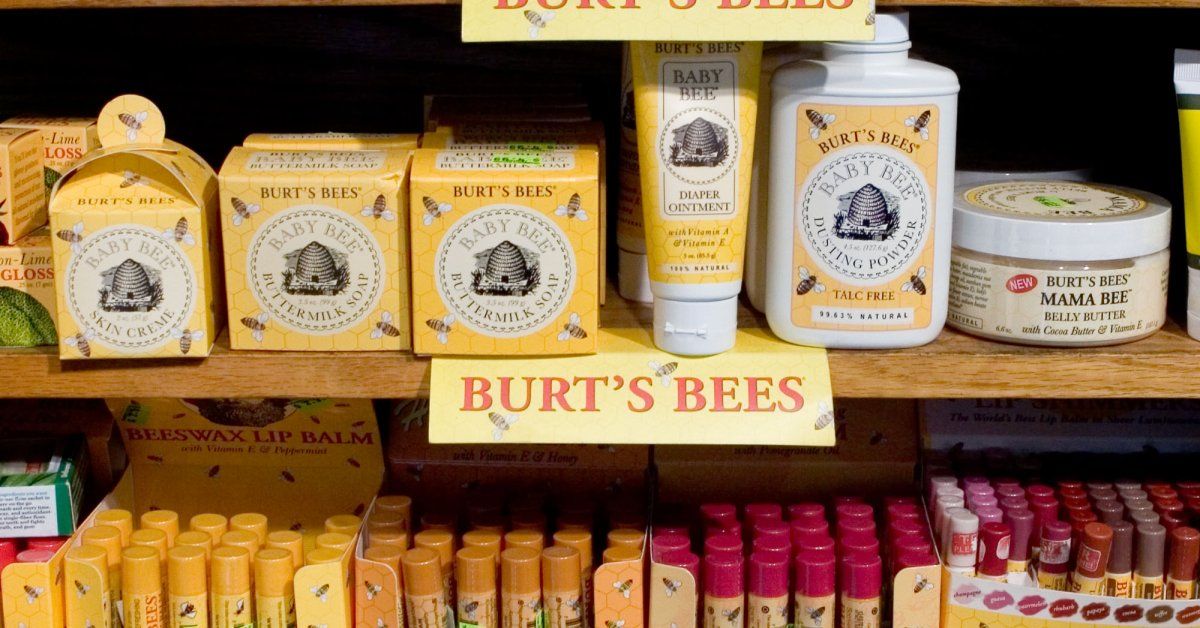
Burt's Bees, the now famous body care company, started back in 1980. Founders Roxanne, an unemployed artist, and the namesake, Burt the beekeeper, began by selling candles made from the leftover wax.
At their founding, they created and stuck with the central philosophy and brand story that has helped shape their image over the years: "nature has the best answers." Even today, their products are over 99% natural.
In today's world of confusing chemicals and a plethora of unknowns, especially in the health sciences field, people are sticking with what they know, natural is good. Customers feel safe with this brand, trusting their all-natural approach.
Their incredibly open and transparent philosophy inspires trust in customers. This, paired with their positive goals, initiatives, and natural products, has helped them become a global success.
Building a brand story: What defines a great brand story?
A great brand story must emotionally capture your target audience. It is responsible for providing a reason for people to choose your product other than its inherent qualities and is designed to push the illogical portion of the decision in your favor.
Most brands have these stories, and what makes some good instead of bad is that they cause the customer to feel something, rather than just a sterile exchange of money for goods. Some brands do this by selling a lifestyle, some by promising proxied good deeds done in the customer's name.
However, the best brand stories centralize around an open company culture and a central company goal that is visibly and truthfully being followed. This causes the customer to want to support a company that conducts itself ethically, sustainably, and transparently.
Overall, a great brand story is integral to shaping your company's image and how the public perceives your product. The best brand stories have their foundations laid in passion and authenticity, with the customer feeling like they are a good person for buying your product.
Frequently asked questions: 3 popular FAQs about building a brand story
What are some commonly asked questions about building a brand story? Get your questions answered with these three FAQs.
1. How do you build a successful brand story?
The best brand stories are those that are well-told and focus on a topic that the audience feels is important or relevant. The most successful brand stories are more thorough and focused on a particular brand advocacy. When you have an initiative bigger than yourself, others follow through to make a larger impact.
2. What makes a brand story?
What makes a brand story is your personality.
Brand stories aren't promotional materials. They are not advertisements or sales pitches. Brand stories should put your brand identity and the business owner’s personality front and center. Boring stories will not attract and maintain readers, but your personality will.
3. Why do you need a brand story?
A brand story explains why you started your business, why you get up every day and do what you do, why customers should care, and why they should trust you. The brand story fosters connections and trust. It’s a nonnegotiable for your business.
Building a brand story that steals hearts around the world
Building an extensive brand story that talks about your company’s motivations, plans, and vision will take a lot of introspection and planning.
It is a bible and an introduction to your organization. A quick and unsubstantial story will not suffice in this day and age. To create an emotional connection with your audience, you’ll need to create a few drafts to get your brand story just right.
But put in the work, and you’ll have a narrative that you can share for years to come!
